Fasano is 12 km far from the Masseria Spetterrata farmhouse.
The origins of Fasano are closely connected to the decline of the ancient city of Egnazia, which, after the fall of the Western Roman Empire, was periodically ransacked. This meant that the inhabitants of ancient Egnazia preferred to move within the territory, farer from the coast, to more easily defensible positions, founding some farmhouses, among wich Santa Maria di Fajano.
It must be said that in this area, however, traces of human presence from prehistoric times can be found, evidenced by various finds found near the "lame", as well as by the Dolmen of Montalbano (the exceptional megalithic structure dating back to the Bronze Age III-II millennium B.C.).
The first certain historical documents on the origin of Fasano date back to 1088 AD. , the year in which Count Goffredo di Altavilla gave as a gift to the Benedictine abbey of Santo Stefano, built by the same count, among others, also the fiefdoms of the Casale di Santa Maria di Fajano (today’s Fasano) and the Casale di San Giorgio (today’s Locorotondo).
To defend the territory from the attacks of the Ottoman and Saracen, in 1317 Pope John XXII granted to the Gerosolimitani Knights, which became famous with the name of Knights of Malta, the abbey of Santo Stefano and the possessions connected to it, including the Casale di Santa Maria di Fajano. The Knights of Malta endowed the coasts of towers as defensive outposts, with the intent to protect the territory from the attacks of the Turks, and enowed the hinterland with fortified villages and fortified farms (the famous “Masserie”) to defend the inhabitants.
On June 2, 1678, the inhabitants of Fasano had, according to legend thanks to the intercession of the Madonna, an epic victory against the Turks. This date is still remembered during the patronal feast with a beautiful historical re-enactment taht is called Scamiciata, during which parades of flag-wavers, historical parades in period costumes take place, and the epic battle against the Turks is re-proposed.
Fasano |
The Masserie of Fasano
Fasano includes several dozen of those ancient farms called Masserie, and thanks to their recovery, Fasano has risen to the forefront of the international tourist stage. Many farms have been transformed into receptive structures where they combine a perfect mix of mild climate and natural landscape, excellent food and wine products and proverbial hospitality.The sea, the countryside and the hill of Fasano
The territory of Fasano extends between the Adriatic coast and the hilly belt behind it, and includes several pleasant hamlets.Some on the sea: Savelletri, a pretty former fishing village, close to the archaeological area of Egnazia, and now a very popular seaside resort and Torre Canne, home of the homonymous spa, with a coast of fine white sand surmounted by centuries-old dunes behind which small lakes emerge fresh water that characterize the renowned Regional Park of the centuries-old coastal dunes from Torre Canne to Torre San Leonardo.
In the countryside: Montalbano di Fasano, Pezze di Greco and Speziale. In these territories the famous Piana degli Ulivi spreads, which represents the true worldwide landscape-naturalistic peculiarity of this area.
On the hills: the Selva di Fasano and Laureto, characterized by the presence of the trulli and a drier and cooler climate. Thanks to this, they are coveted for summer holidays and preferred since the late 1700s for the construction of villas of particular architectural value.
Tourism
The tourist in Fasano is spoiled for choice.For lovers of history and culture we recommend a visit to the Archaeological Park and the museum of Egnazia, which is the most important in Puglia, to the rock churches of the blades, to the religious buildings of the historic center such as the churches: Matrix dedicated to San Giovanni Battista ( 1600), built on the remains of a temple dating back to 1300, of San Nicola (1596), of San Francesco d’Assisi (1885), of San Francesco da Paola (XVII century), of the Purging Souls (1696). Of great architectural interest is also the Palazzo del Balì (now the town hall), the Chiostro delle Teresiane and the characteristic historic center, called U’mbracchie, with the typical old Fasanese-style houses, the result of spontaneous architecture, which wind through the narrow streets paved with blocks of local stone called chianche.
For nature lovers we suggest the many routes through the Piana degli Ulivi secular, or along the coast between Savelletri and Torre Canne, or in the hills, in the scenery of the Itria Valley. Do not miss a visit to the regional park of the coastal dunes between Torre Canne and Torre San Leonardo.
For food lovers, Fasano and the Itria Valley are a real Eden. There are countless typical products offered by the territory, from the sea to the hills passing through the flat countryside. Even the motor enthusiast will not be disappointed: the legendary car race in the time trial called Coppa Selva di Fasano, but for the Fasanians simply the Fasano-Selva, whose first edition dates back to 1946, is offered every year during the summer.
Fasano is renowned in Italy and Europe for the Zoo Safari, today the 2nd largest zoological park in Europe.
The protectors of Fasano are San Giovanni Battista and the Madonna del Pozzo. The celebrations in their honor are held in mid-June and include the famous Scamiciata (historical procession reminiscent of the battle won against the Turks), concerts, lights and fireworks.
Fasano is renowned in Italy and Europe for the Zoo Safari, today the 2nd largest zoological park in Europe.
The protectors of Fasano are San Giovanni Battista and the Madonna del Pozzo. The celebrations in their honor are held in mid-June and include the famous Scamiciata (historical procession reminiscent of the battle won against the Turks), concerts, lights and fireworks.


 Home
Home
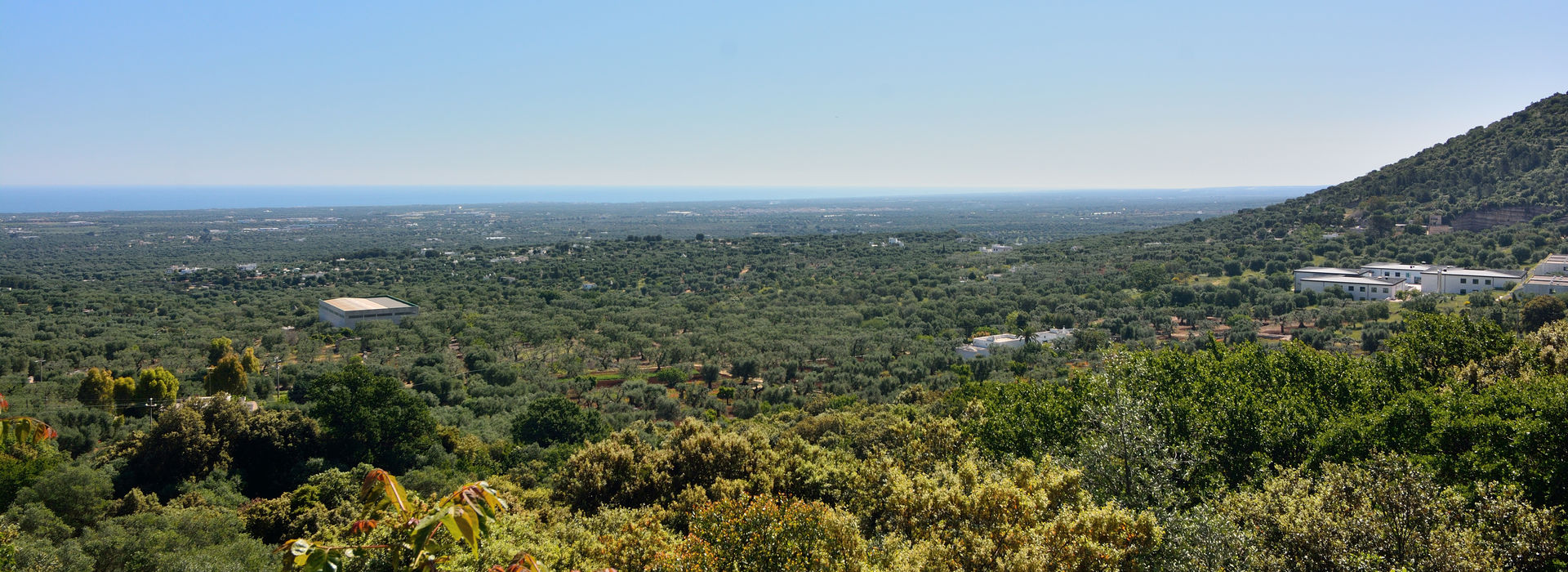

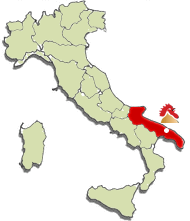
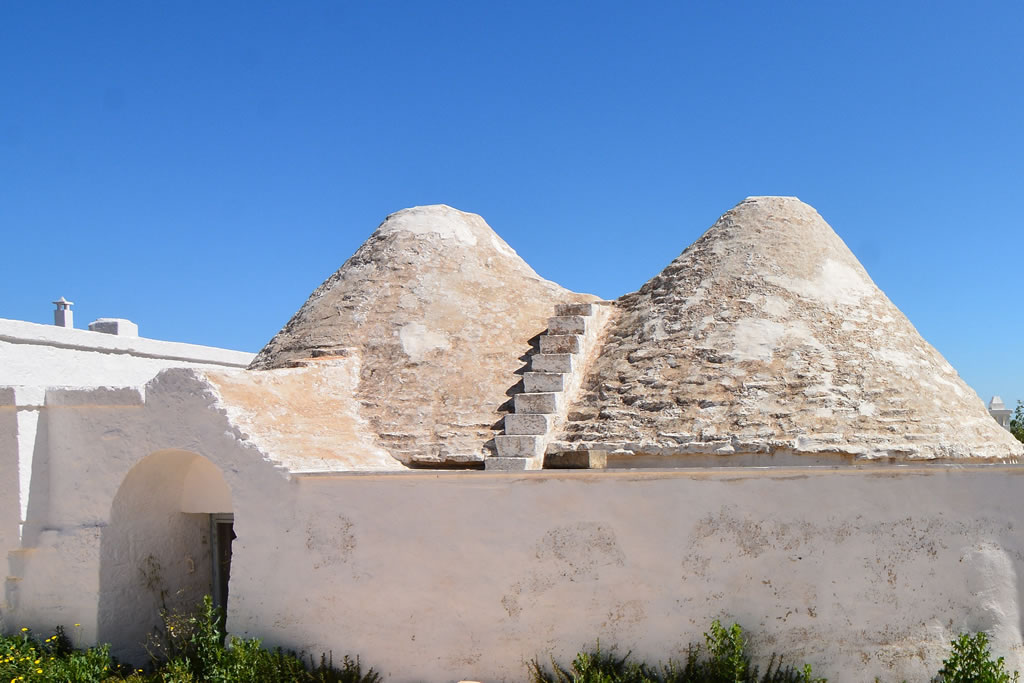
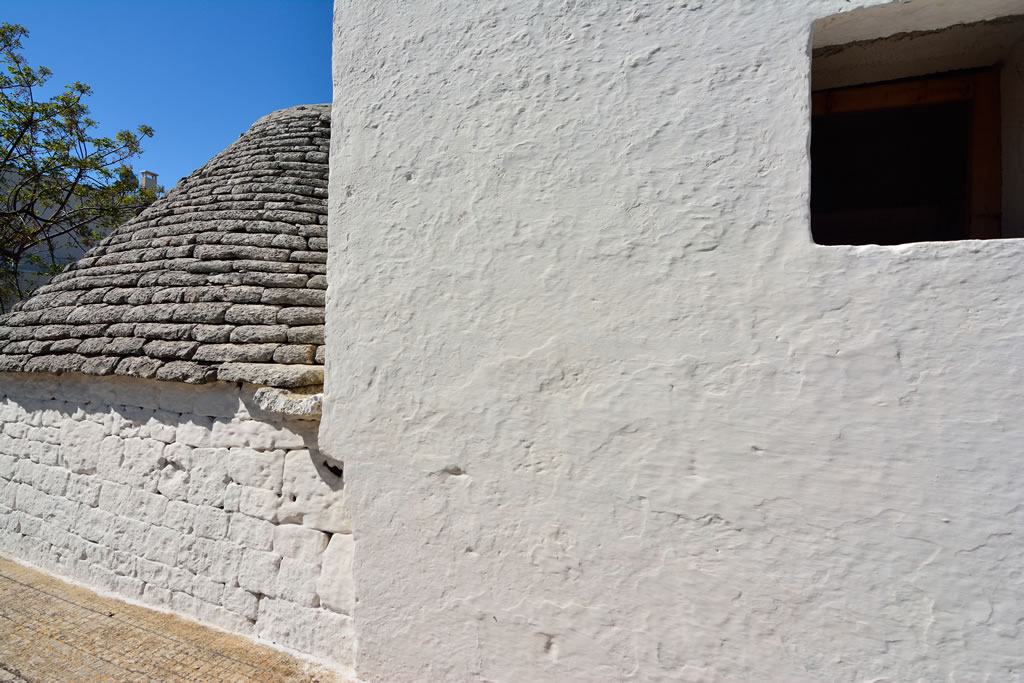
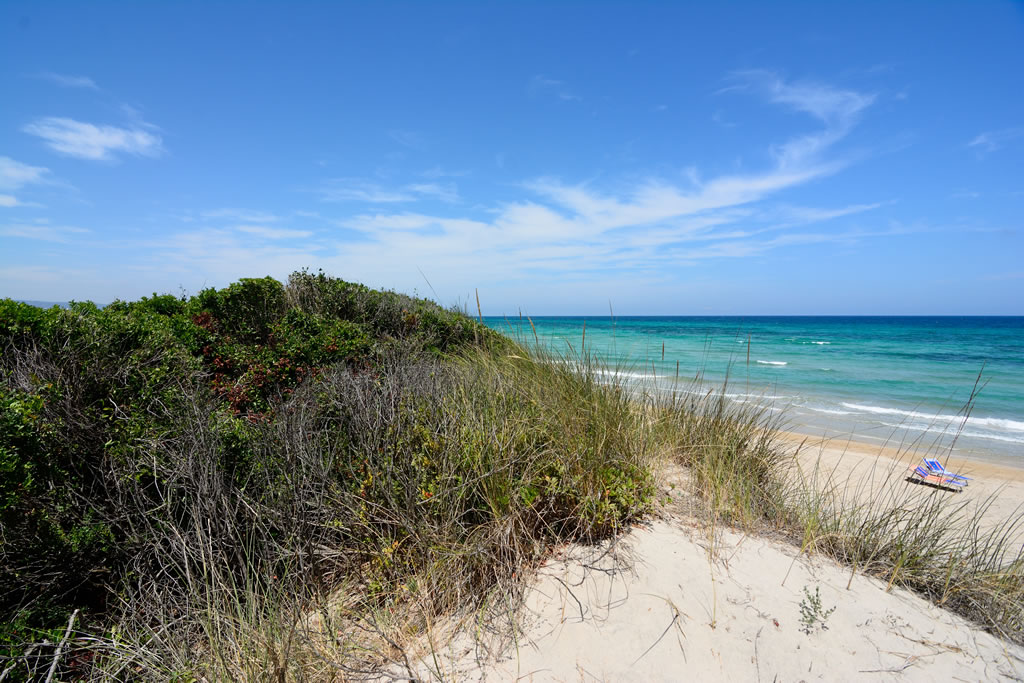
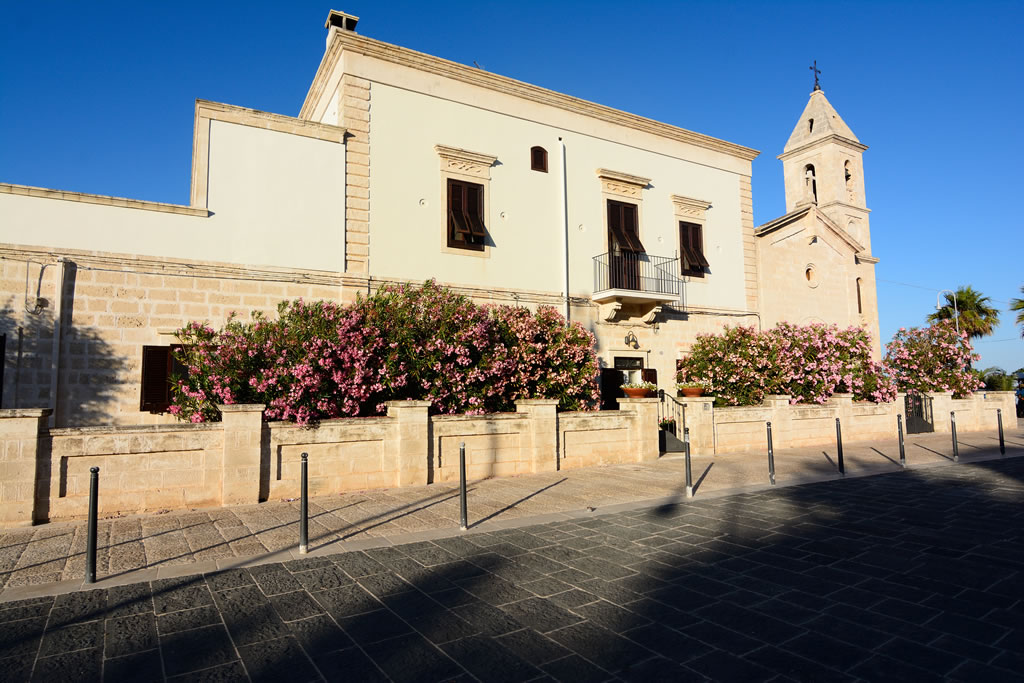
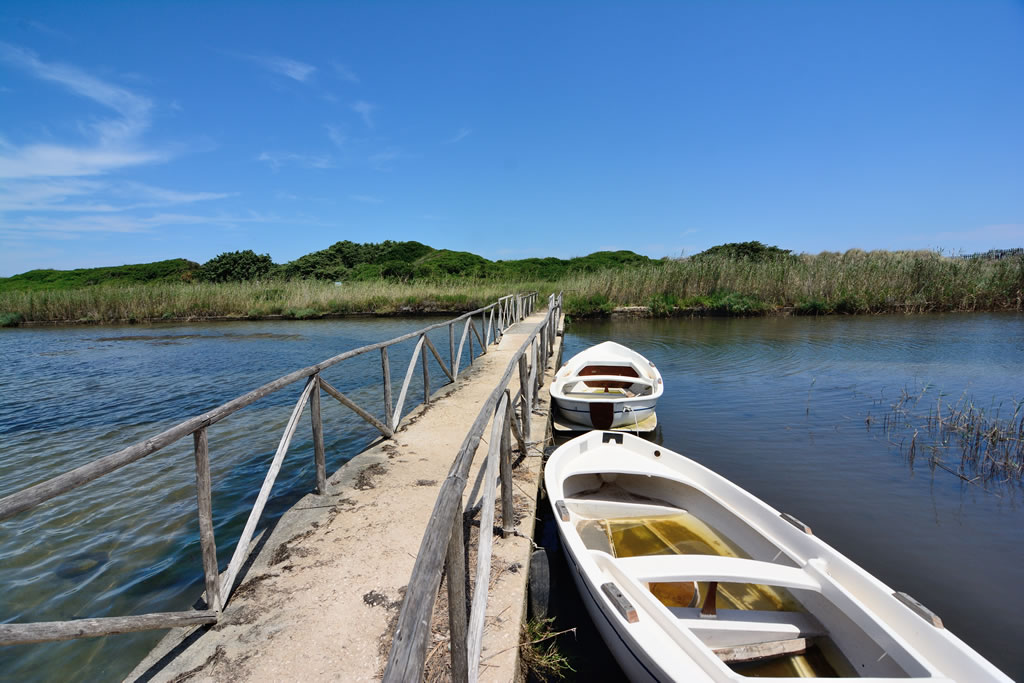
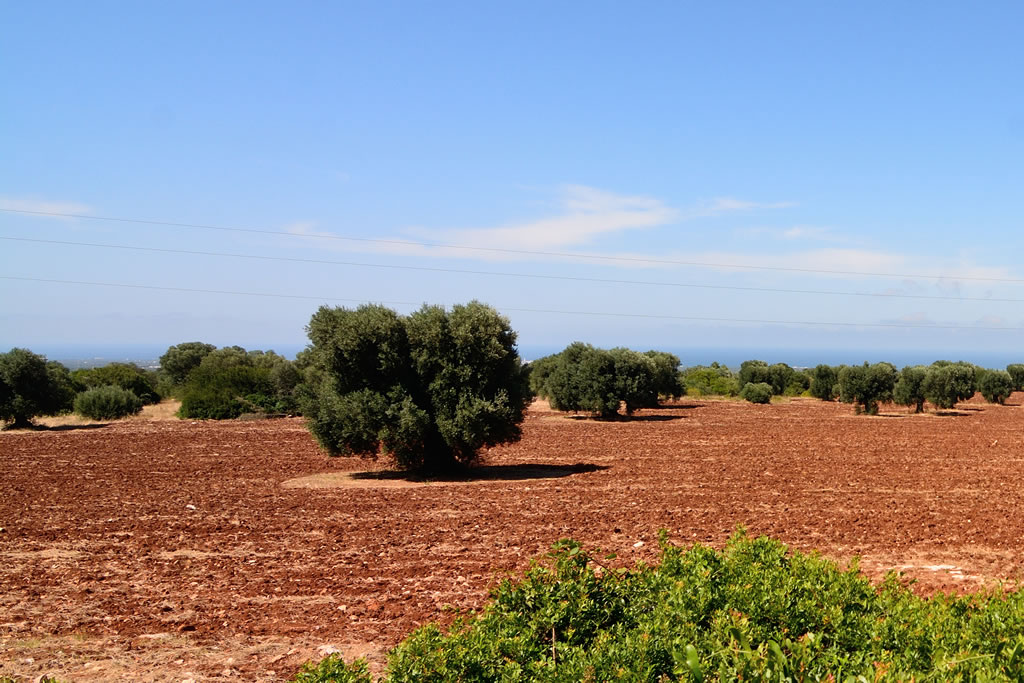


 Sito Italiano
Sito Italiano